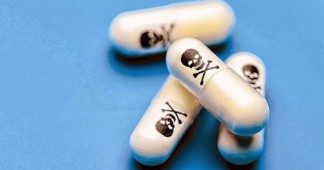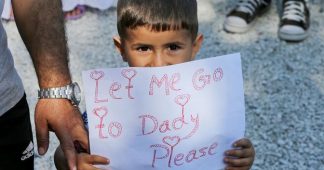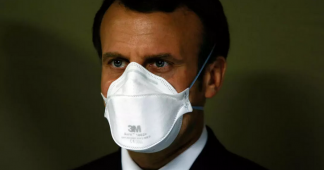Abstract
Introduction
There are only a few published empirical data on COVID‐19′s effects on the mental health.
Material and Methods
During lockdown, an online questionnaire registered demographic, health data, previous psychiatric history, current anxiety, depression and suicidality, believing in conspiracy theories and other domains. Data from 3399 persons were used (81.08% females; aged 34.02 ± 9.72 and 18.27% males; aged 36.38±10.33). Distress and clinical depression were identified with the use of cut-off and a previously developed algorithm respectively.
Statistical Analysis
A post-stratification method was used; descriptive statistics were calculated. Chi-square tests, multiple forward stepwise linear regression analyses and Factorial Analysis of Variance (ANOVA) tested relations among variables.
Results
Clinical depression was present in 9.31% of the stratified sample, while 8.5% had severe distress; increased anxiety was present in more than 45%. Suicidal thoughts increased in 10.40% and decreased in 4.42%. Beliefs in conspiracy theories were widely prevalent; at least half of cases were following various misconceptions. A model for the development of depression was created with general health status, previous history of depression, self-harm and suicidal attempts, family responsibility, economic change, and age acting as risk factors, while keeping a daily routine, pursuing religiousness/spirituality, and believing in conspiracy theories acting as protective factors.
Conclusions
The model developed here revealed multiple vulnerabilities and an interplay leading from simple anxiety to clinical depression and suicidality through distress. This could be of practical utility since most of these factors are modifiable. Future research, as well as interventions, should focus specifically on them.
Read more at https://www.sciencedirect.com/science/article/pii/S0165032720329062











